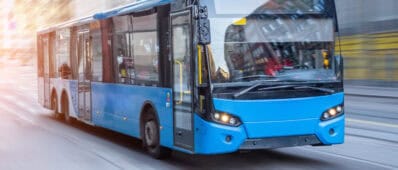Project Summary
While the COVID-19 pandemic dramatically affected travel and transportation systems, driving has largely returned to pre-pandemic levels, even as a significantly larger share of the workforce works from home full- or part-time. However, there have been significant changes in the timing and patterns of car travel since before the pandemic. Moreover, public transit systems have been especially hard hit, and riders have proven slow to return. While transit use by those unable to drive (who are more likely poor, immigrants, people of color, and/or disabled) has substantially recovered since the shutdowns in the spring of 2020, daily commuting to and from major employment centers collapsed and is just beginning to recover. The shifts in motor vehicle travel and the more dramatic changes in public transit use are both likely related to workplace changes, as the number of remote and hybrid workers has increased. The longer-term effects of the pandemic on travel remain uncertain, as do the appropriate policy responses to changing traffic patterns broadly, and to depressed transit ridership specifically. Public transit is a key transportation pillar of California’s climate and equity goals, which will be harder to meet with driving up and transit riding down.
To examine late-pandemic shifts in trip timing, this project analyzed smartphone location data to track the location and timing of vehicle trips on streets and highways in Greater Los Angeles. Specifically, this study compares the average number of trip origins for each hour of the day in all 10,783 census block groups in Imperial, Los Angeles, Orange, Riverside, San Bernardino, and Ventura counties in October 2019 and October 2021. The project then estimated a series of statistical models to examine the factors associated with both the levels of and changes in the timing of afternoon peak-period trip-making. Following an initial analysis, this project focused on shifts in early (12 p.m.–3:59 p.m.) and late (4 p.m.–7:59 p.m.) afternoon trip-making between fall 2019 and fall 2021. The primary data comes from StreetLight, a location analytics company that provides travel datasets collected from mobile phones, GPS receivers, and other network-enabled devices. This data was augmented with information from the U.S. Census, Longitudinal Employer-Household Dynamics Origin and Destination Employment Statistics (LODES), and the U.S. Department of Education.

